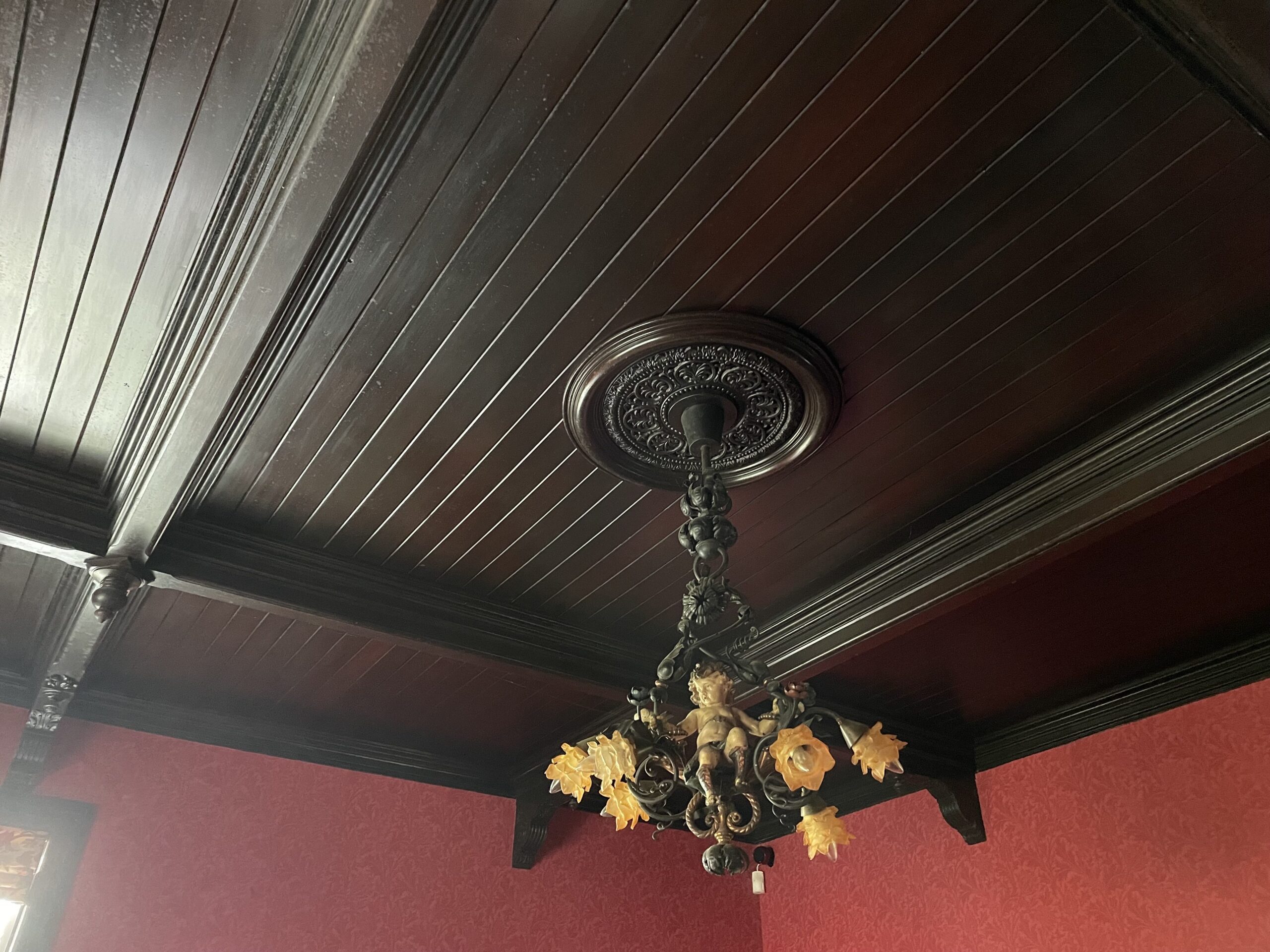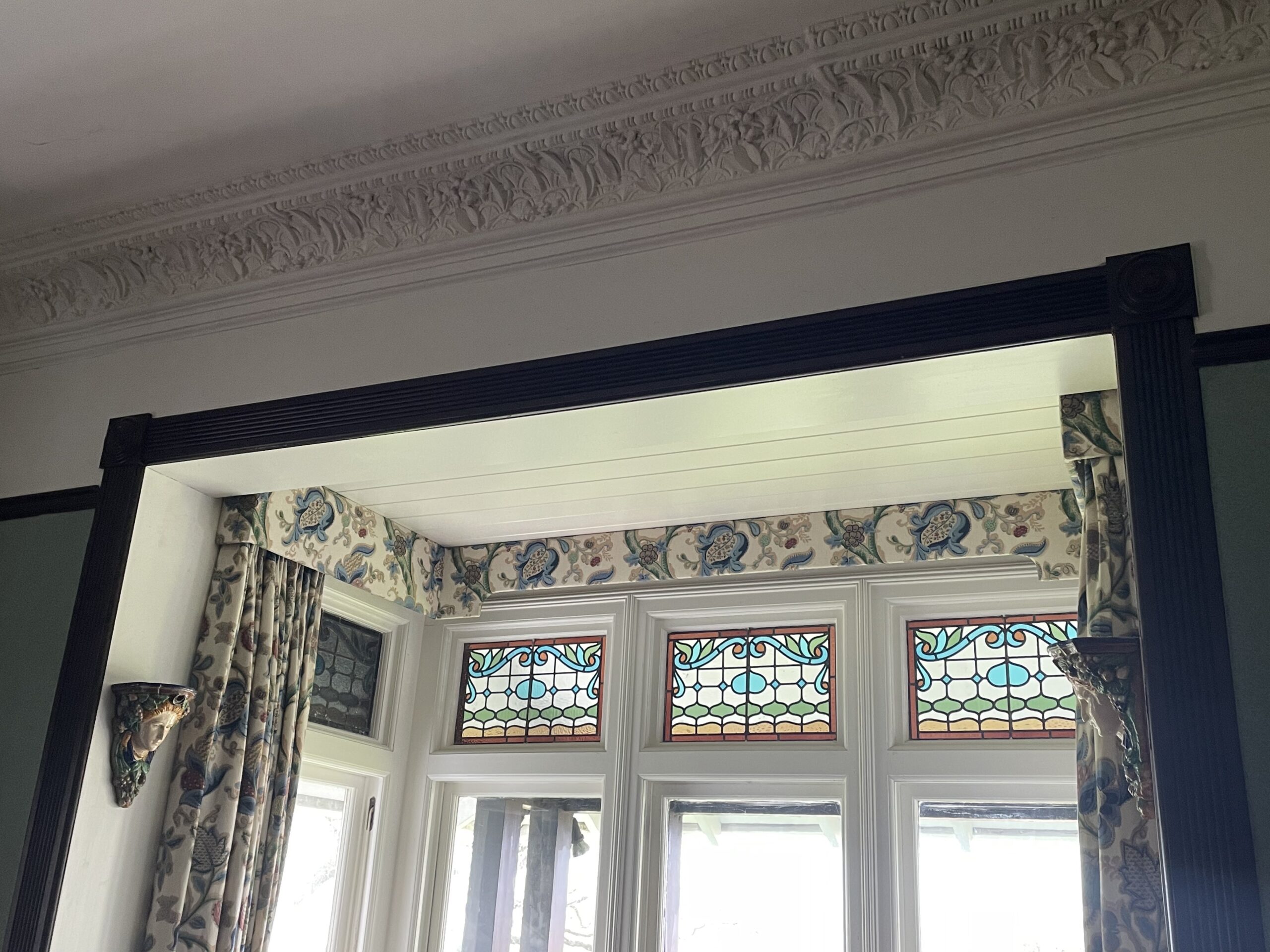‘Capri’, 231 Remuera Road, Remuera (Remuera’s Century-Old Homes Project)

Figure 1: The principal (east) elevation of ‘Capri’, viewed from the front garden (C. O’Neil, June 2022).

Figure 2: Extract from Champtaloup and Cooper’s map of the County of Eden, 1880. It was on original Allotment 4 (highlighted) that Capri was later built. Note how Market Road cuts through the allotment (Auckland Libraries Heritage Collections, Map 190).
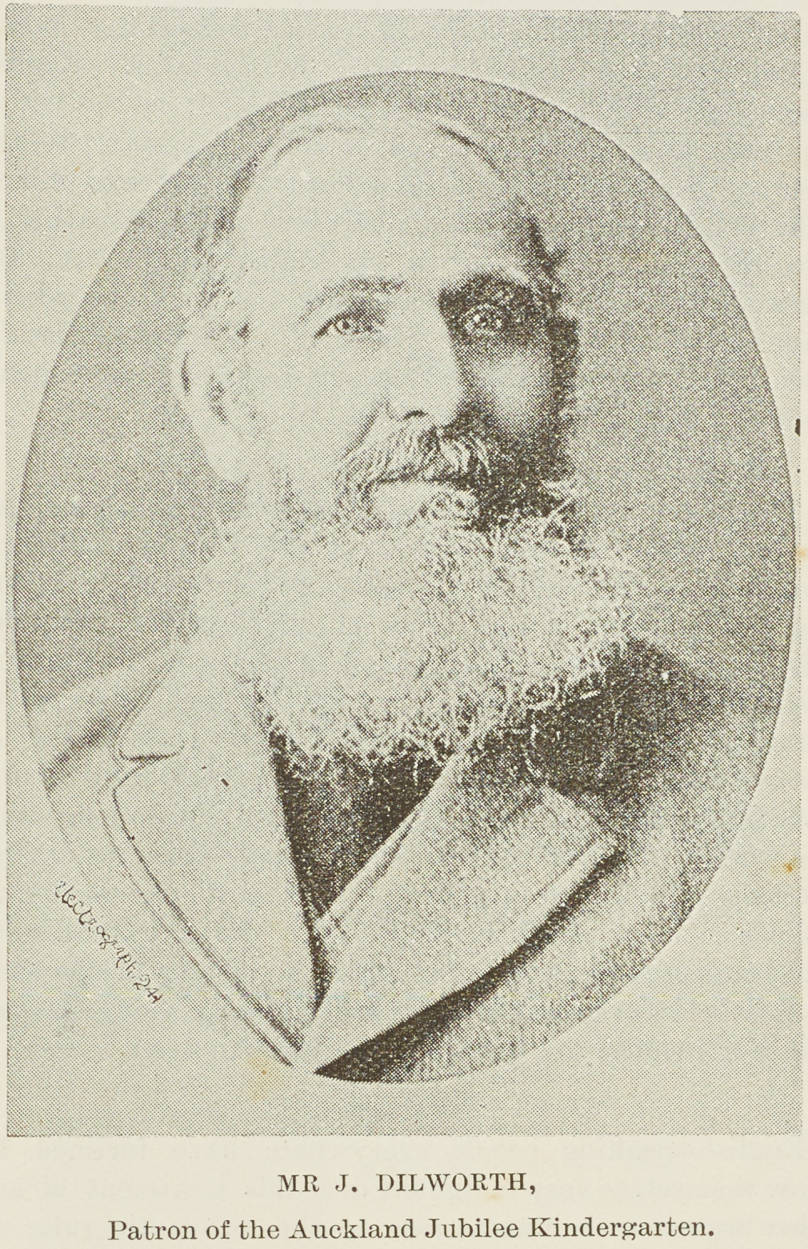
Figure 3: Portrait of Mr James Dilworth, 1891 (Auckland Libraries Heritage Collections NZG-18910523-0007-01).

Figure 4: Plan showing part of James Dilworth’s estate between present-day Remuera, Market, Great South and St Marks roads, dated c.1866. Allotment 4 (circled) was in use at that time as pasture (Auckland Libraries Heritage Collections Map 7205-2, owned by the Dilworth Trust Board).

Figure 5: Portrait of architect, Arthur P. Wilson (Cyclopedia Company Limited, The Cyclopedia of New Zealand [Auckland Provincial District: Wilson, Arthur P., Christchurch, 1902, New Zealand Electronic Text Collection).
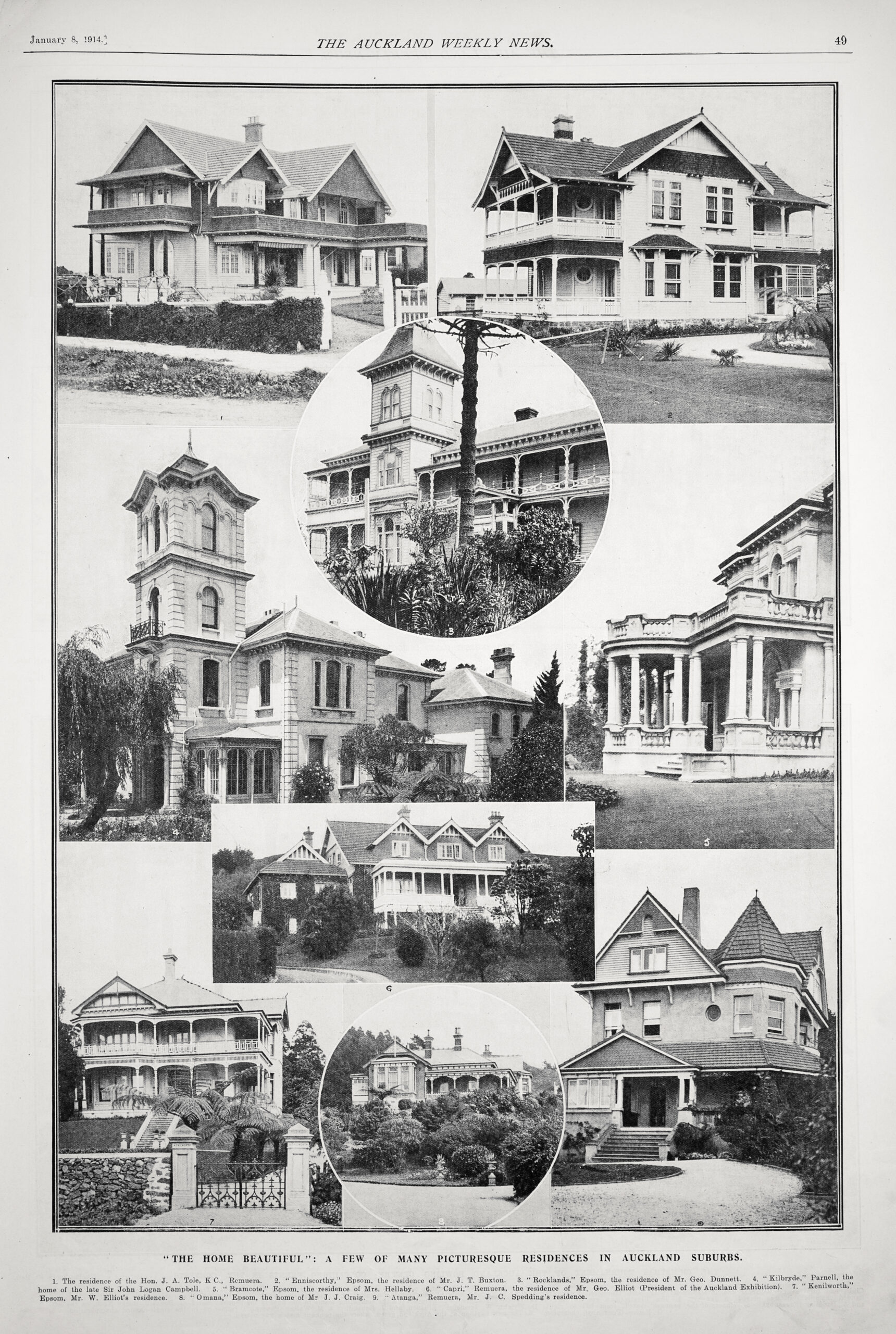
Figure 6: ‘The Home Beautiful’ feature from Auckland Weekly News, 8 January 1914, showing a collection of ‘picturesque residences’ in Auckland, including ‘Capri’ (Auckland Libraries Heritage Collections AWNS-19149198-49-1).
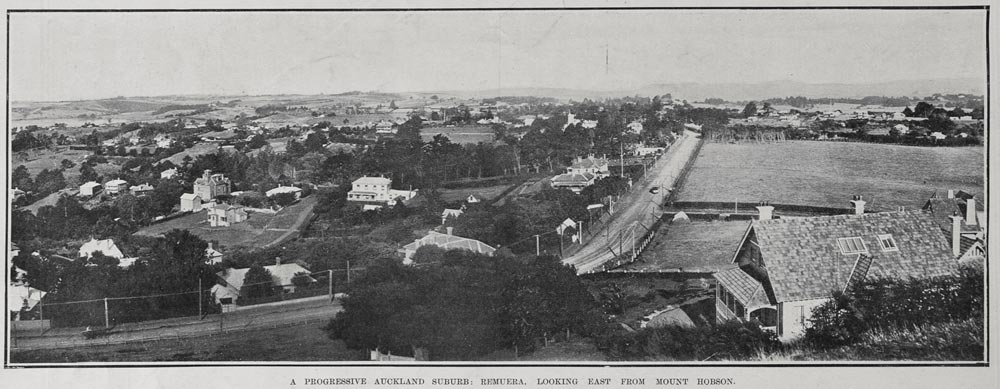
Figure 7: Looking east across Remuera from Mount Hobson, showing ‘Capri’ (bottom right) in 1906 (Auckland Libraries Heritage Collections AWNS-19060419-16-2).

Figure 8: ‘Capri’ in 1914 (extract from Figure 6, Auckland Libraries Heritage Collections AWNS-19149198- 49-1).

Figure 9: Newspaper advertisement showing ‘Capri’ for sale (Page 1 Advertisements Column 5, New Zealand Herald, Volume XLII, Issue 12793, 17 February 1905, Papers Past).

Figure 11: ‘Atanga’ (now demolished) with ‘Capri’ in the background, 1909 (extract from a New Zealand Graphic feature showing a collection of well-known houses, Sir George Grey Special Collections, Auckland Libraries, NZG-19090120-26-1).

Figure 12: Portrait of H. M. Smeeton (Prominent Citizen’s Death, New Zealand Herald, Volume LXIV, Issue 19782 November 1927, Papers Past).

Figure 14: Architectural drawings showing alterations and additions to ‘Capri’, dated June 1924 (AKC 339 Building Permit and Consents Aperture Cards, Record ID: 178633, Auckland Council Archives).
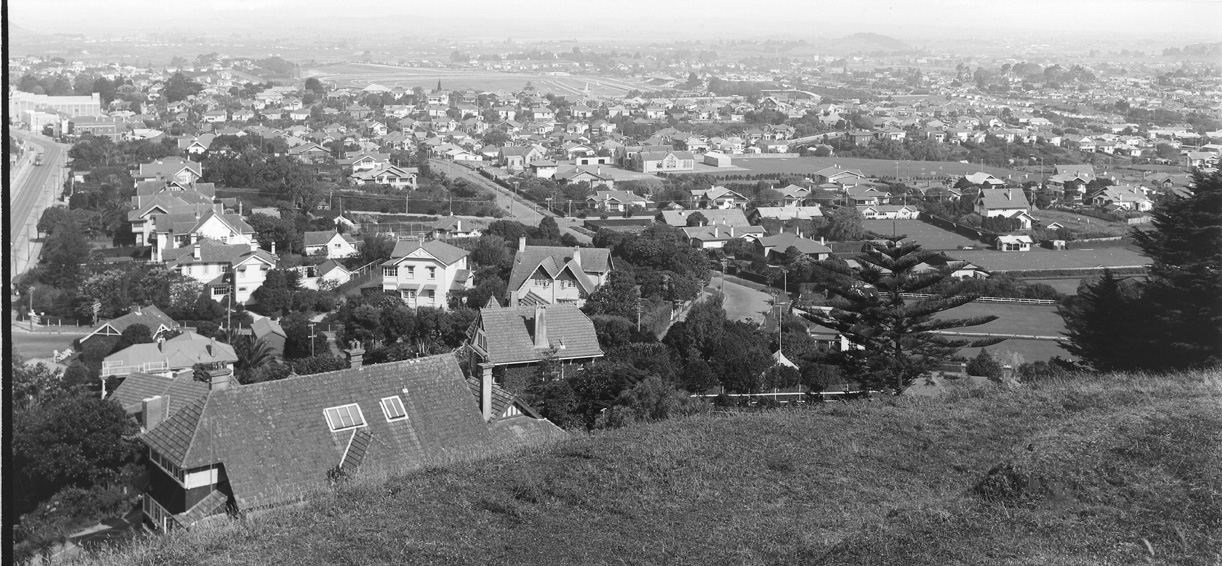
Figure 15: Looking south east across Remuera from Mount Hobson, showing ‘Capri’ (bottom left) in 1931 following the alterations carried out, including the balcony on the north elevation (Auckland Libraries Heritage Collections 4-8446).

Figure 16: Deposit Plan 959 showing the subdivision of H. M. Smeeton’s estate into five lots. The footprint of present-day 231 Remuera Road can be seen on Lot 2 (DP 959, LINZ records).

Figure 17: Showing Capri/Binswood in c.1927 just before it commenced its new use as the New Zealand Baptist Theological College (The College. A Dream Fulfilled, The New Zealand Baptist, 43rd year of issue, no. 467, January 1927, 3).

Figure 18: Photograph taken at the opening ceremony of the new Baptist Theological College, with Mrs Smeeton pictured centre (The Openings of the New Baptist Theological College at Remuera, New Zealand Herald, Volume LXV, Issue 19884, 1 March 1928, Papers Past).
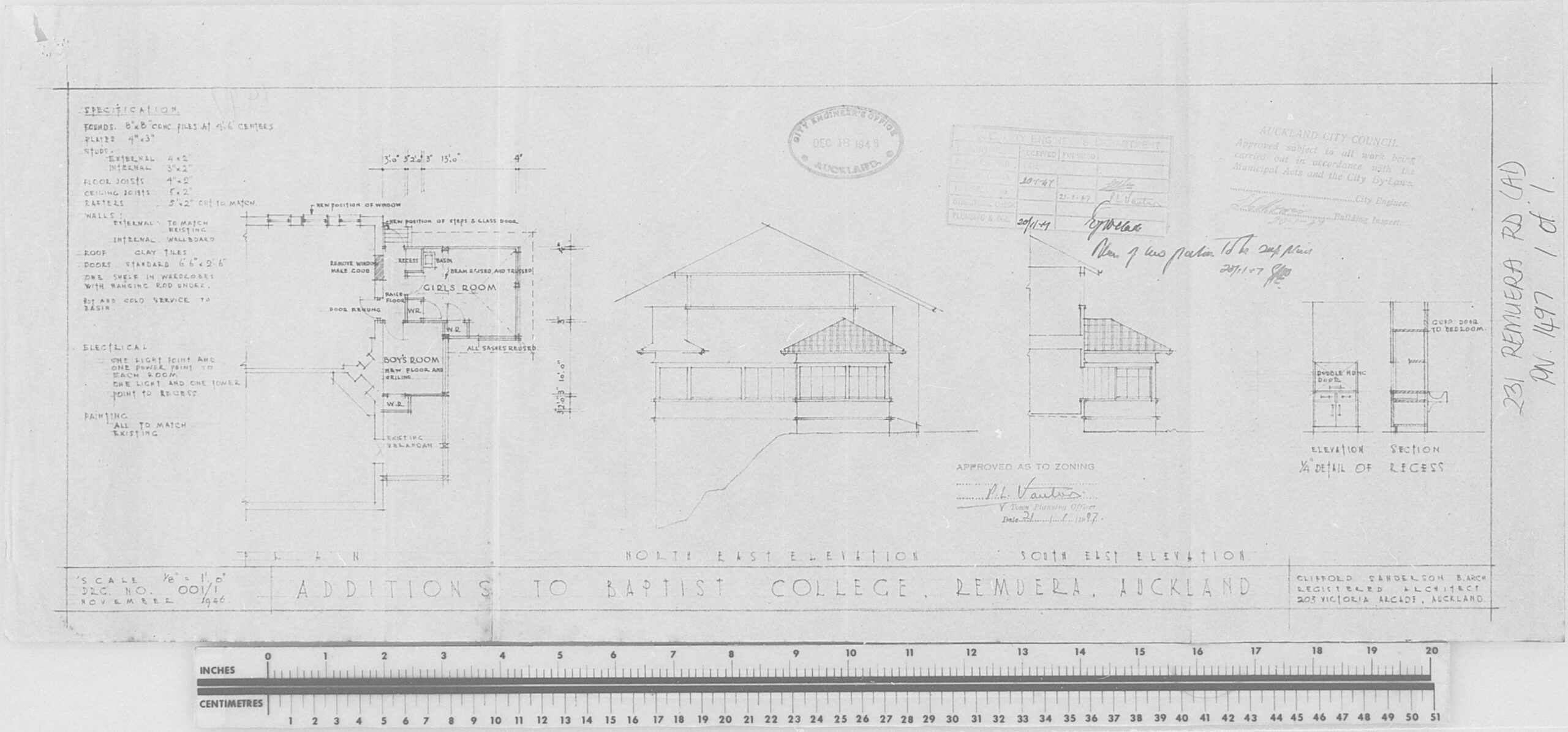
Figure 19: Architectural drawings prepared by Clifford Sanderson for the Baptist College in 1946 showing the proposed addition to the north verandah (AKC 339 Building Permit and Consents Aperture Cards 1908-1997, Remuera Road (up to 519), Record ID: 178633, Auckland Council Archives).
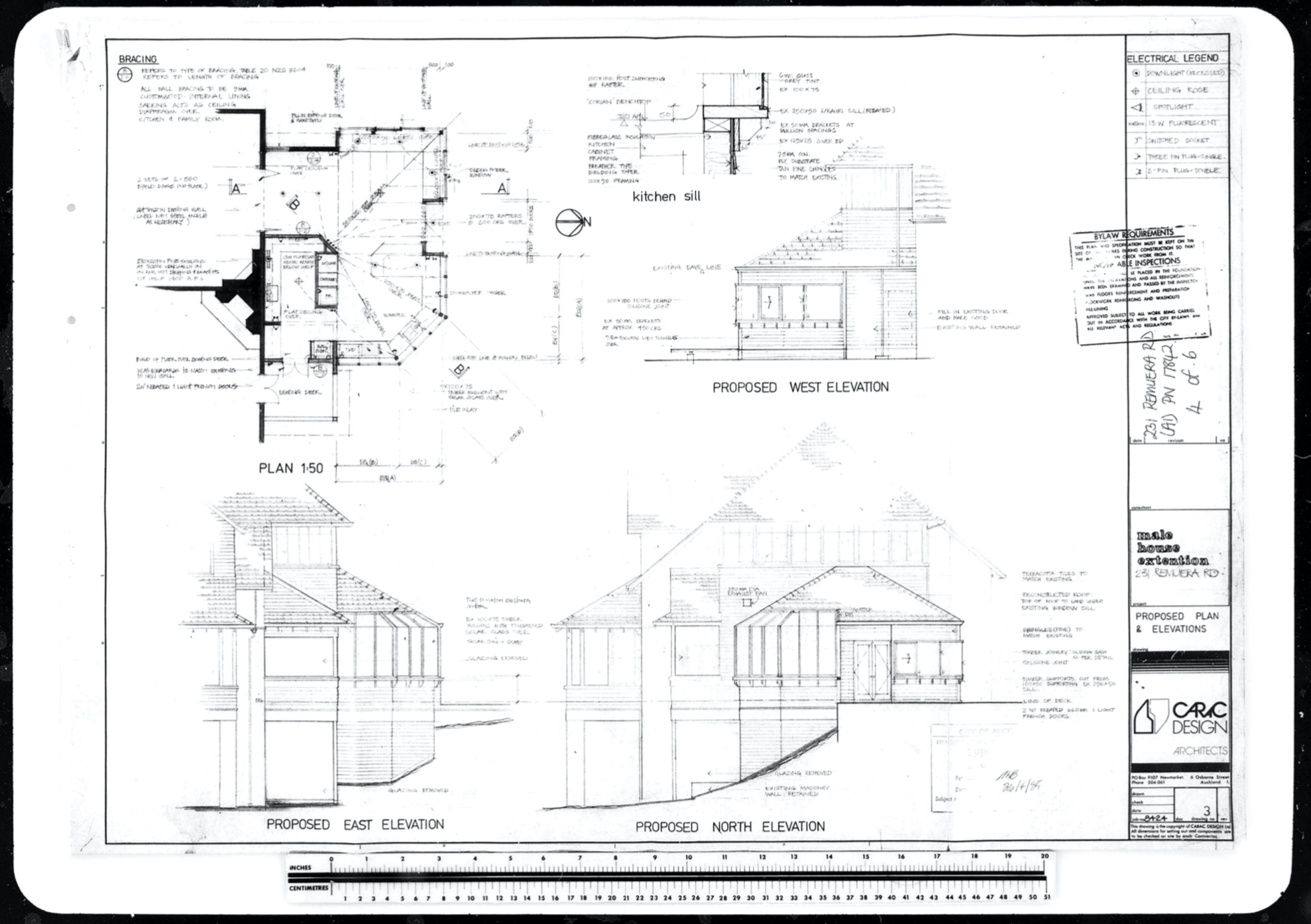
Figure 20: Architectural drawings prepared by Carac Design for K and S Male in 1985 showing the proposed addition to the north elevation to accommodate a new kitchen (AKC 339 Building Permit and Consents Aperture Cards 1908-1997, Remuera Road (up to 519), Record ID: 178633, Auckland Council Archives).
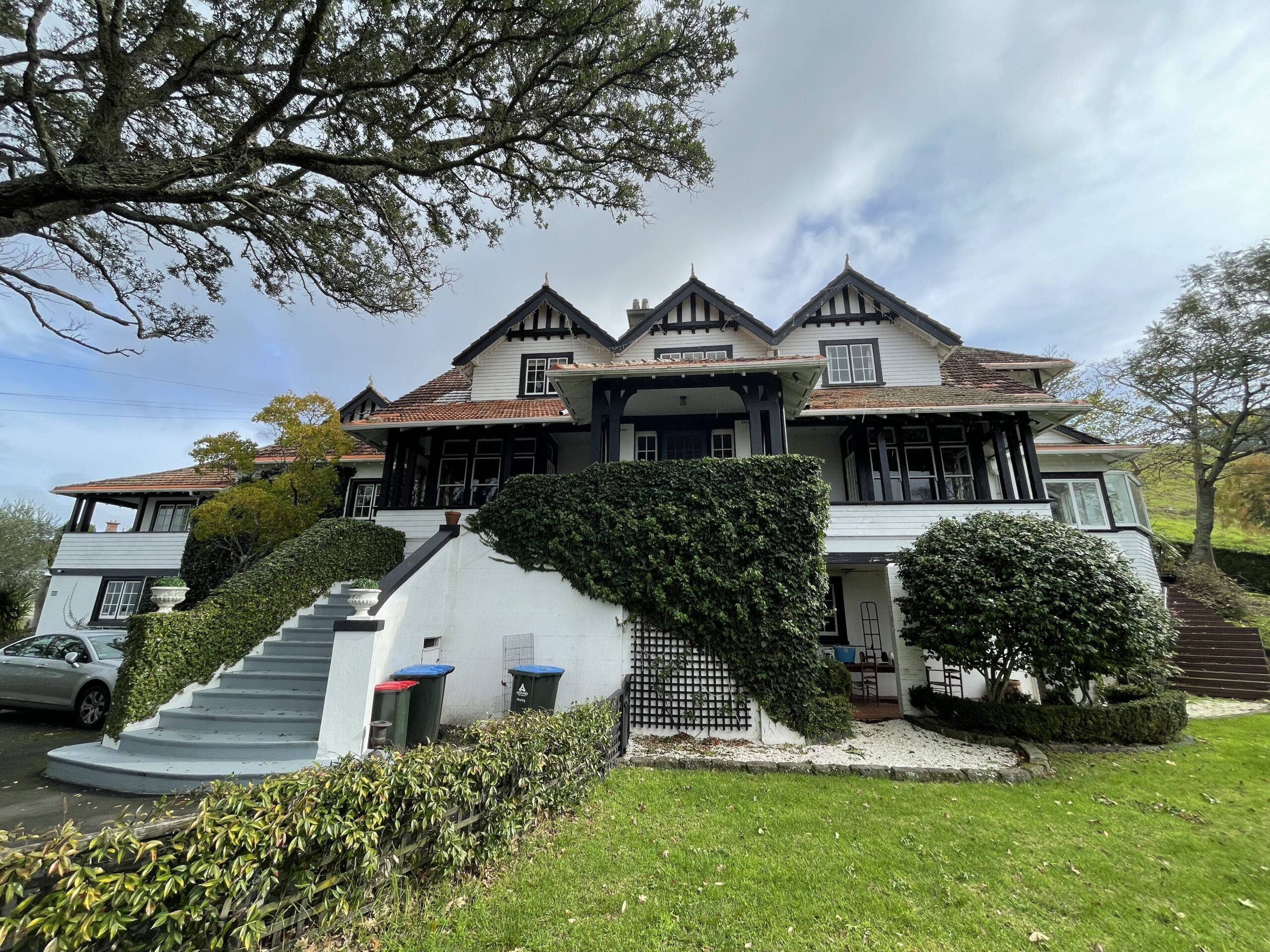
Figure 21: East (front) elevation of present-day 231 Remuera Road showing the new entrance steps added in 2010 (C. O’Neil, June 2022).
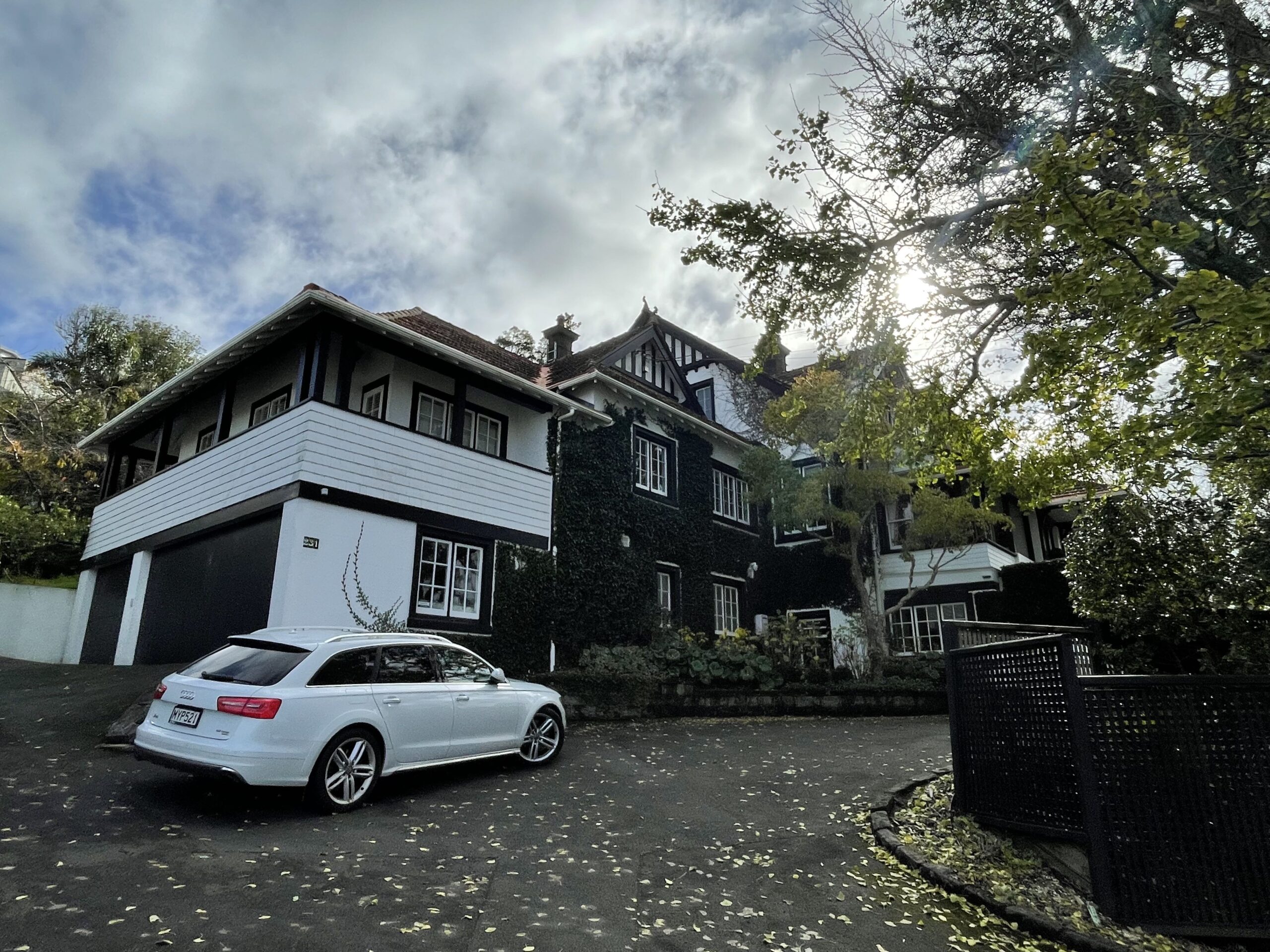
Figure 22: Parts of the east (front) and south elevations of present-day 231 Remuera Road, viewed from the shared access. The two-storey extension added in 2010 can be seen far left (C. O’Neil, June 2022).
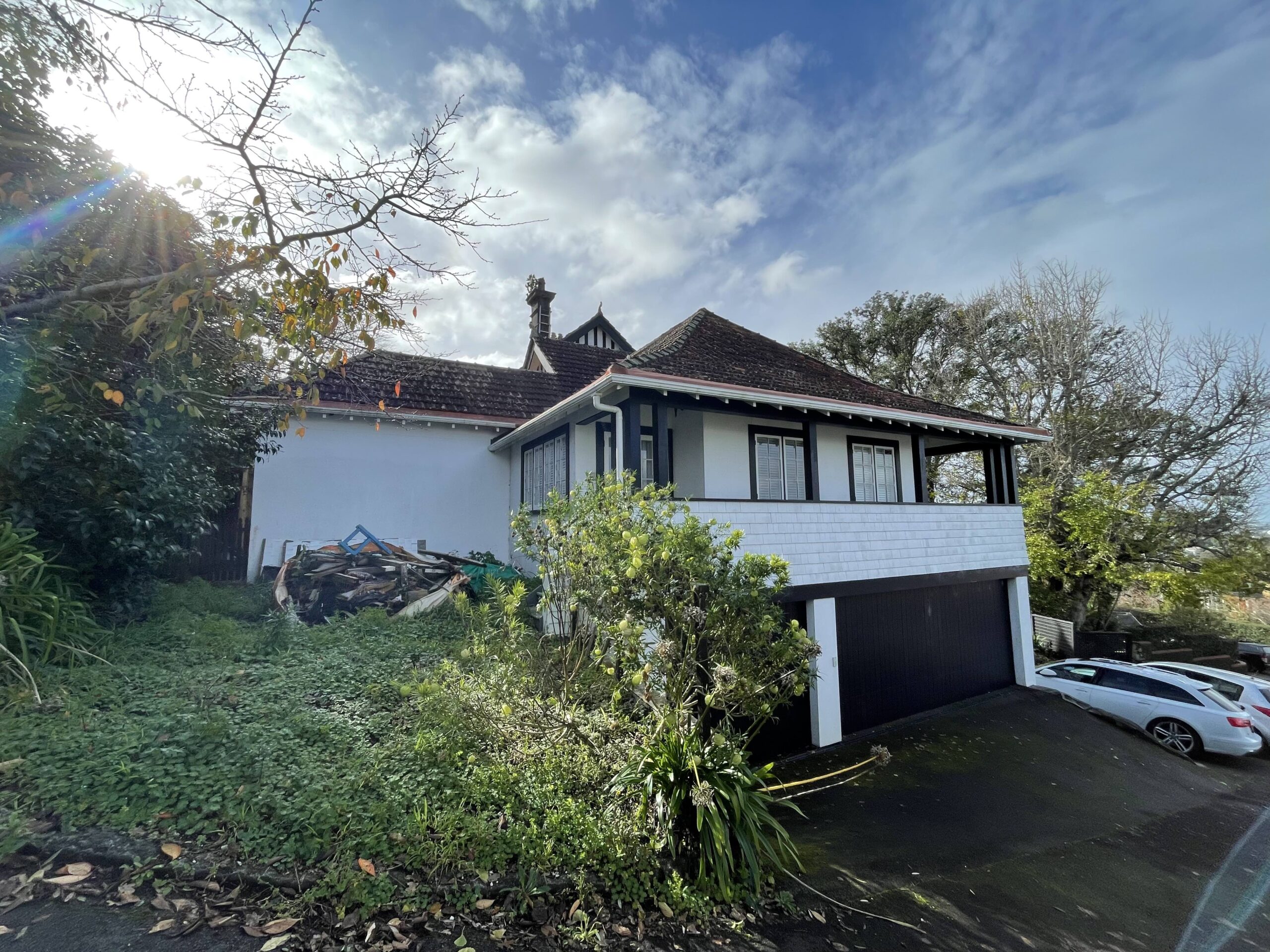
Figure 23: Parts of the south and west (rear) elevations of present-day 231 Remuera Road, showing the two-storey extension added in 2010 and the single-storey rear extension added in c.1939 (C. O’Neil, June 2022).
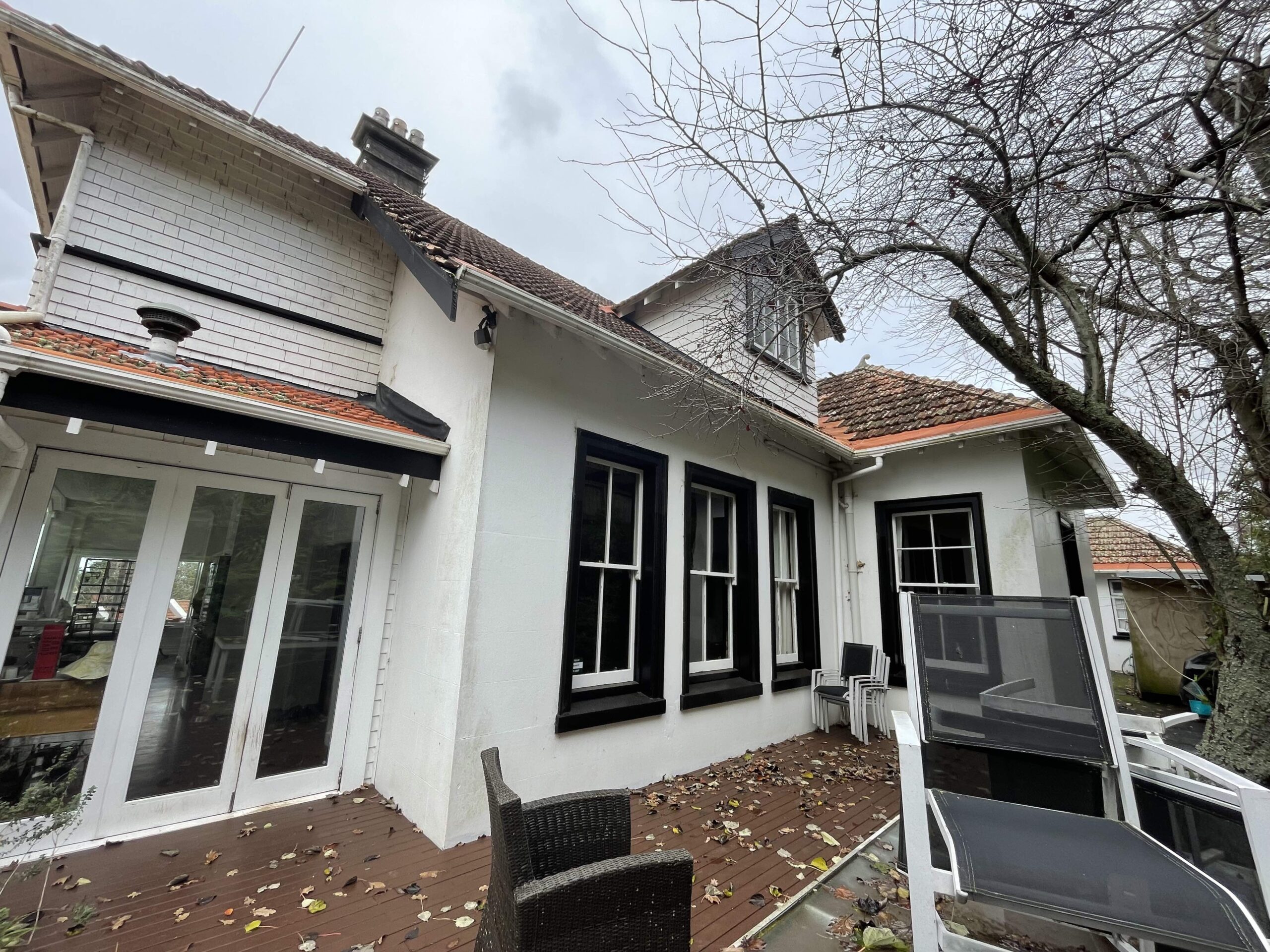
Figure 24: Part of the west (rear) elevation showing the changes to the windows undertaken in c.1946 and 1985, and the dormer window added in c.2010 (C. O’Neil, June 2022).
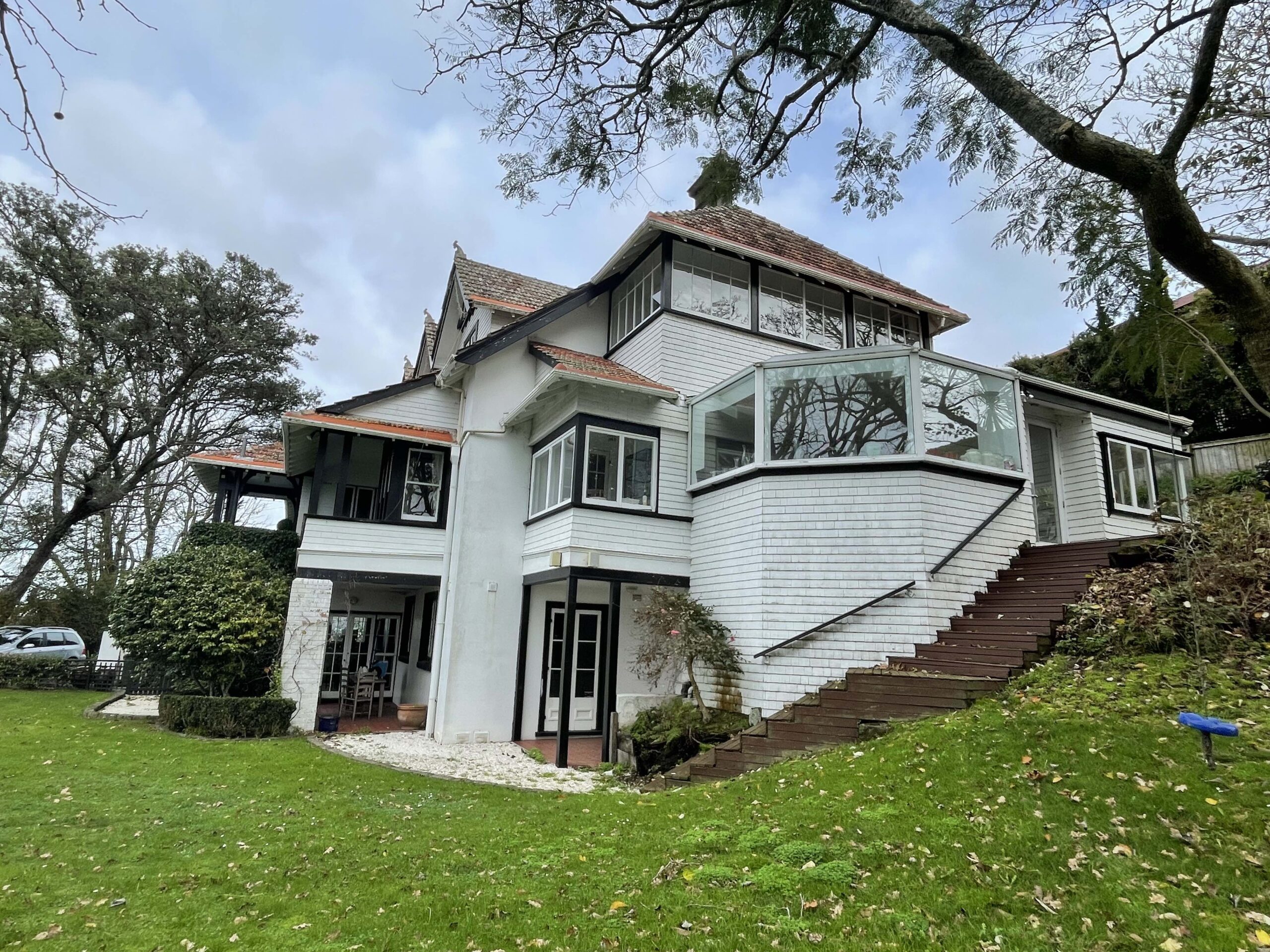
Figure 25: Parts of the north and east (front) elevations showing the first floor balcony added in c.1924 and the kitchen extension added in 1985 (C. O’Neil, June 2022).
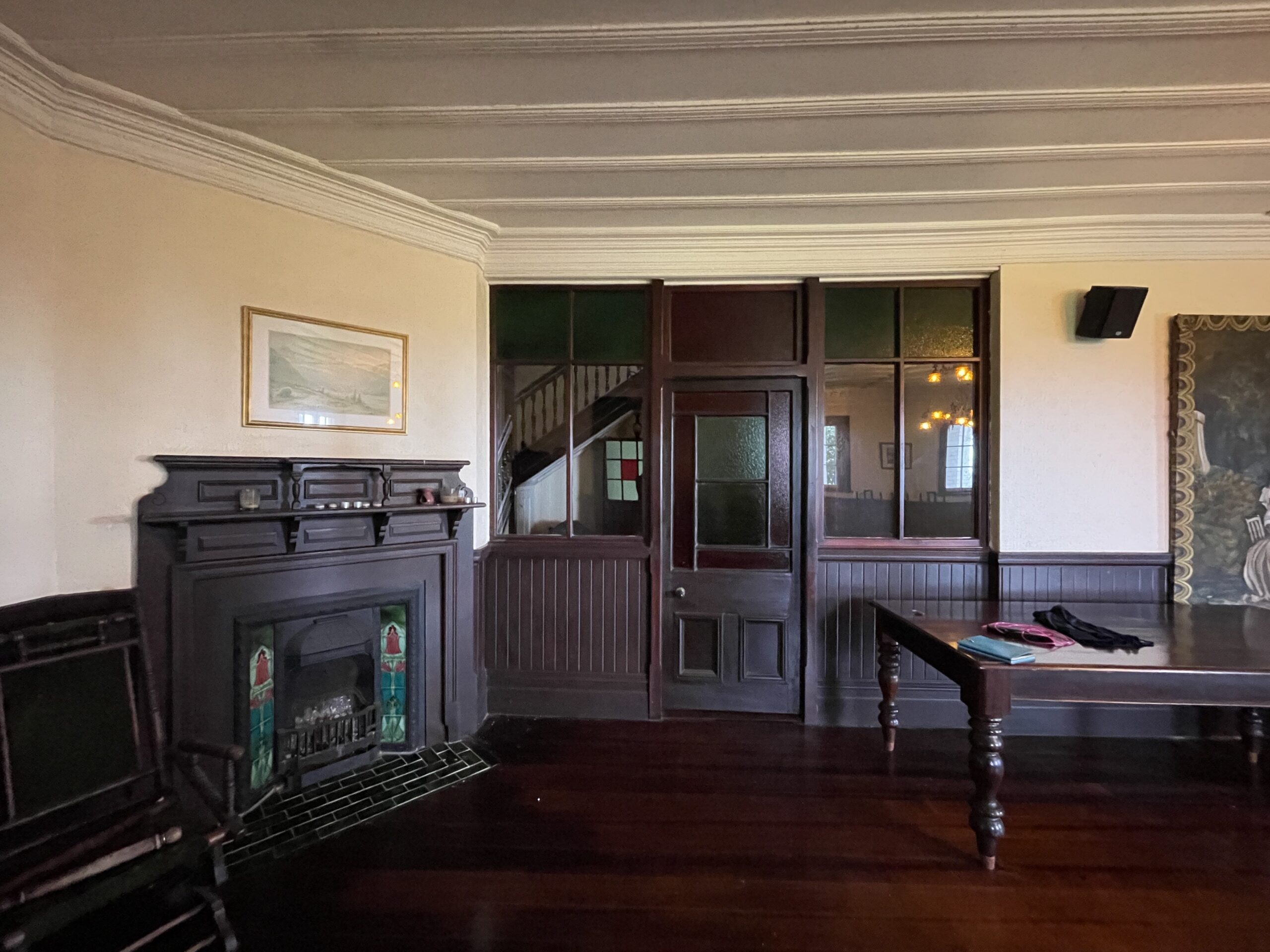
Figure 26: Showing part of the original Billiard Room in the basement, which features an early board and batten ceiling, decorative fireplace and internal timber panelled and glazed screen (C. O’Neil, June 2022).
Described as “one of the most substantially built brick houses in Auckland”, the dwelling at present-day 231 Remuera Road was built in approximately 1903. It was designed by one of the most prolific architects of the time, Arthur P. Wilson, and showcases an eclectic mix of features reflecting Auckland’s characteristic Victorian and Edwardian villas of the time, as well as hints of the Tudor Revival and Arts and Craft styles through the broad roof, tri-gable dormers and mild timber detailing.
The story
Once described as a ‘magnificent family mansion’ with ‘probably the finest view in the world’, the grand residence formerly known as ‘Capri’ has occupied its location on the slopes of Ōhinerau-Mount Hobson since 1902-3. Designed by well-known architect and Remuera resident, Arthur P. Wilson, the place has important connections with aspects of Auckland’s commercial, social, and religious history, and, at almost 120 years old, has many stories to share.
The house at present-day 231 Remuera Road was built on part of original Allotment 4 of Section 11 of the Suburbs of Auckland, at the corner of Tamaki (present-day Remuera) Road and The Green (now Market) Road (Figure 2).[1] Originally no more than an unformed grass thoroughfare, ‘The Green Road’ was thought to have been named after William Green, a local inn keeper in c.1850.[2]
Measuring just over three and a half acres, Allotment 4 also occupied the south-eastern slopes of Ōhinerau-Mount Hobson (also known as ‘Remuwera’).[3] Believed to be one of Auckland’s best-preserved volcanic cones, Ōhinerau-Mount Hobson was once a Māori pā during which time its slopes (especially those on the steeper eastern side) were terraced for defence, habitation, and agricultural purposes.[4] Its summit offered (and continues to offer) expansive views across the Waitematā Harbour that were once regarded as “preeminent, unequalled, unsurpassed” by John Logan Campbell, who first climbed the maunga in 1840 when scouting land nearby.[5]
Early European land ownership
The Crown grant for Allotment 4 was issued to early settler Philip Kunst (c.1806-1884) in 1847, three years after he had first purchased the land from Māori.[6] Of German origin, Kunst arrived in New Zealand with his wife, Helena, in 1842.[7] A printer by trade, he became the first printer and publisher of the Southern Cross when it was established as one of Auckland’s earliest newspapers in 1843.[8] He subsequently set up his own printing business in Auckland city’s Durham Street, where he held property.[9] Kunst’s ownership of Allotment 4, however, was short-lived. Only 10 months after being issued the Crown grant, he conveyed the land to James Dilworth, a farmer, speculator, philanthropist, and one of early Remuera’s most astute and prosperous landowners.[10]
Born in Northern Ireland, James Dilworth (1815-1894) (Figure 3) spent his early years working on his father’s farm and in a bank. Around 1839, he emigrated first to Australia and then to New Zealand, settling in Auckland in 1841.[11] Working initially for the New Zealand Banking Company as an accountant, he later turned to buying land. By the time the bank closed in 1845, Dilworth had already acquired property in Parnell, Takapuna, and Remuera, with his principal holding comprising around 160 acres between Mount Hobson and Mount St John.[12] Here he developed a suburban farm, which he expanded incrementally over subsequent decades. By 1866, he owned the majority of the land between present-day Remuera, Market, Great South and St Marks roads, in addition to neighbouring land to the east and south (Figure 4). At this time, the three-and-a-half acres of Allotment 4 was used for pasture.
When Dilworth purchased Allotment 4 from Kunst in 1848, he also attempted to acquire 23 acres of neighbouring land, which comprised the upper part of Ōhinerau-Mount Hobson.[13] This land had been set aside by Governor Grey a year earlier as a Government Reserve for ‘public purposes’, but this did not deter Dilworth from initiating a steadfast campaign to secure the prime acreage.[14] Following much resistance from fellow Remuera residents, who petitioned that “under no circumstances should the land itself be alienated from the public”[15], Dilworth was forced to admit defeat. In 1880, the Crown bought Mount Hobson under the Public Domains Act with Brett’s Auckland Almanac proclaiming a year later that “Mount Hobson has, after a hard fight, been gained for the people.”[16]
By this time, Dilworth’s Remuera estate was extensive. Around 23 acres directly southwest of Great South Road was his homestead farm where he had built a spacious residence for himself and his wife, Isabella, grew hay and raised livestock. The remainder and most substantial portion of his farm was leased out in line with patterns of landholding in his native Ireland.[17] At the time of Dilworth’s death in 1894, his estate was valued at £150,000.[18]
As one of the first European farmers in Remuera, Dilworth contributed greatly to the district’s early identity, but his true legacy was realised following his death. With no heir and a long-established love of education, he bequeathed the bulk of his estate to the Dilworth Ulster Institute Trust. The trust was tasked with establishing an institute (or school) to house and educate boys who lived in straitened circumstances.[19] From the beginning of the twentieth century, portions of the estate were progressively subdivided and leases sold, while other allotments continued to be available for lease from the ‘Dilworth Trust Board’.[20]
Lease of Allotment 4
By early 1903, Allotment 4 had been leased from the Dilworth Trust Board by indent and commission agent, Herbert Thompson.[21] The just over three acres of land was held under lease for a term of 99 years, with an annual rent of £60.[22]
Businessman Herbert Thompson (1845-1927) was associated with the soft goods trade first in Australia and then New Zealand.[23] In 1894, he established ‘Herbert Thompson and Co.’, an indent and commission merchants business, which became known for the sale of high quality household and family drapery.[24] By 1899, he had leased land on the corner of Elliot and Darby streets in Auckland’s city centre for the construction of two brick warehouses (present-day ‘Darby Building’).[25] With branches in Auckland, Wellington and Christchurch the business prospered.[26] By all accounts, Thompson’s commercial success enabled him to fund what would later be described as “one of the most substantially built brick houses in Auckland”[27] on his newly-acquired Remuera land.
‘Capri’
Once Herbert Thompson secured the lease for part Allotment 4, he appointed one of Auckland’s most prolific architects, Arthur P. Wilson, to design and supervise the construction of a house on his Mount Hobson property.[28] The substantial two-storey (with basement), 16-roomed residence was “built regardless of expense”, with rendered brick walls, a Marseilles tile roof, and a verandah that extended the length of dwelling’s principal (east) elevation.[29] It reportedly cost £3,500.[30] By March 1903, the Thompsons had moved into their new home, which they had named ‘Capri’.[31,32]
The Architect
Born and educated in London, Arthur Pollard Wilson (1851-1937) (Figure 5) trained under leading architect William Oakley for ten years before setting up on his own account in 1880. Two years later, he immigrated to New Zealand establishing an architectural practice in Auckland.[33] He soon found success designing many of the city’s commercial buildings and has since been credited for the contribution he made to the transformation of Auckland centre’s architecture during the late nineteenth and early twentieth centuries.[34] His earlier commercial work included the design of the Northern Steamship Company building, Quay Street (1898); the Strand Arcade, Queen Street (1899-1900); the aforementioned Darby Building, corner of Elliott and Darby streets (1899-1900); and the A. H. Nathan Warehouse, Customs Street East.[35]
Wilson’s strong commercial connections also led to the design of large suburban homes for a number of his clients, including several notable residences in his own suburb of Remuera. In addition to ‘Capri’ (1902-3), examples included George Nicol’s house at present-day 9 Arney Road (1904); his own house at present-day 84 Victoria Avenue (c.1912); and ‘Roselands’ at present-day 53 Portland Road (1911).[36]
As a parishioner of St Mark’s Church, Wilson also designed its new vicarage on Bassett Road (c.1895), and was later responsible for the design of St Aidan’s Church (1905).[37]
‘The Home Beautiful’
On more than one occasion, Capri was included in a collection of published photographs that showcased some of Auckland’s most well-known and picturesque residences.[38] In one ‘Auckland Weekly News’ feature titled ‘The Home Beautiful’, its photograph sat alongside other notable buildings such as Sir John Logan Campbell’s ‘Kilbryde’ (now demolished) and Mrs Hellaby’s ‘Bramcote’ (Figure 6).[39]
These early photographs of Capri (figures 7 and 8) suggest that the imposing residence had an eclectic architectural style that differed from many of its contemporaries. Its bullnose verandah and box-bay windows with double-hung sash units and stained glass top-lights were characteristic of Auckland’s grand Victorian and Edwardian villas. However, its broad roof and tri-gable dormers with multi-glazed casement windows and mild timber detailing, hint at the Tudor Revival and Arts and Crafts styles. These styles had become increasingly popular in Wilson’s native Britain during the latter part of the nineteenth century and would begin to influence Remuera’s domestic architecture over following decades.
For sale
In 1905, just two years after its completion, Capri was put on the market (Figure 9). By that time, Thompson’s business had gone into liquidation and he was planning to relocate to Christchurch.[40] Between February and April that year, newspapers regularly and enthusiastically publicised the sale of Capri and promoted its many virtues as a “magnificent family residence”, “one of the best known in Auckland”, with “probably the finest panoramic views in the world”.[41,42,43]
Advertised as having large, lofty, and well-proportioned rooms, the ”nearly new” brick residence featured a verandah, balcony, conservatory and a billiard room and was fitted with every modern convenience.[44,45] A nominal ground rent of around £8 was also offered for the land.[46] Thompson’s household furniture and effects, which included a piano, mahogany wardrobe, four hand-painted plaques, and garden tools, were also advertised for sale.[47]
At a public auction on 20 April 1905 Capri was sold for £2,200, much less than the asking price of £3,000.[48,49] By early May, however, the property was again advertised for sale at the reduced rate of £2,500, suggesting that the sale had not gone ahead.[50] The property was finally purchased in July for £2,300 by businessman, George Elliot.[51]
Elliot family home
Born in Jedburgh, Scotland in 1865, George Elliot (1865-1956) (Figure 10) immigrated to New Zealand with his brother, William, in 1891.[52] The brothers initially settled in Tauranga where they ran a newspaper and took up flax milling before relocating to Auckland where they entered into business as agents.[53] In 1897, George married Rachel Winifred (nee. McKerrow) from Dunedin with whom he had three sons – William (b.1898), James (b.1904) and George (b.1907).[54]
When George Elliot acquired Capri in 1905, he was already on his way to becoming an extremely successful and increasingly wealthy businessman. While living at the property, he took on highly influential roles, involved himself in the work of the community, and served on several boards during World War I to support the war effort.[55] By 1919, he had been awarded an OBE and received a knighthood four years later.[56]
Capri was the Elliot family home for approximately 16 years, though they travelled regularly.[57] During that time, a small number of recorded changes were made to the site. Shortly after George Elliot acquired Capri, he sub-leased a portion of land to the south-east to importer and general merchant, J. C. Spedding.[58] A grand residence named ‘Atanga’ (Figure 11) was subsequently built (now demolished) on the site of present-day 9 Market Road.
In 1915, when the first Remuera valuation field sheet was logged, a concrete house and shed, recorded as a ‘porter’s lodge’, had been built at the entrance to the Elliot estate on the corner of Remuera and Market roads.[59] This building still stands today at 233 Remuera Road. At that time, the main residence, still named Capri, was described as a brick and wood house with motor shed and had a capital value of £3,700.[60]
The Elliots left Capri (then addressed 57 Remuera Road) in 1921 following the purchase of another Remuera estate.[61] Their new property comprised a large homestead they named ‘Otimai’ (now demolished) and several acres of land bounded by present-day Benson and Ventnor roads.[62]
Subsequent owners
In 1921, Capri was acquired by company director, Percy Arthur Hadley, whose former home on the corner of Arney and Bell roads had been destroyed by fire earlier that year.[63] His misfortune did not end there. Just months after moving into his new Mount Hobson home, Hadley’s wife, Linda Elizabeth, passed away.[64] Following several unsuccessful business ventures, Hadley filed for bankruptcy and, by 1923, had released his ties to the property.[65] Records indicate that in June that year it was purchased by Engineer, Harold Mason Warner and his wife, Margaret Mary for £5,650.[66] Less than a year later, Capri was acquired by retired businessman, Herbert Mayne Smeeton for £6,250.[67]
H. M. Smeeton
Born in Warwick, England in around 1862, Herbert Mayne (H. M.) Smeeton (c.1862-1927) (Figure 12) moved to New Zealand with his brother, H. W. Smeeton, and settled in Auckland by the late 1880s.[68] In 1891, Smeeton purchased a grocery business on Ponsonby Road, naming it the ‘Household Supply’ store and, by the end of the following year, had relocated to Karangahape Road.[69] With his business flourishing, Smeeton acquired and remodelled a large premises on Queen Street known as ‘The Old Mill’ in 1894, with the purpose of expanding the business and the produce and provisions it offered.[70] With new premises completed in 1912 (present-day 75 Queen Street) (Figure 13), ‘H. M. Smeeton Limited’ became regarded as one of the finest departmental stores in New Zealand.[71] The name of the company was later changed to ‘Smeetons Limited’, with Smeeton retaining a controlling interest until 1917 when, on medical advice, he entered into semi-retirement.[72]
In addition to his commercial endeavours, Smeeton was a well-known figure in the municipal life of Auckland for several years; was active in philanthropic work; and had a prominent association with the Baptist Church.[73]
Alterations, subdivisions and a new name
When Smeeton and his Dunedin-born wife, Sarah Ann, purchased Capri in 1924, its accommodation reportedly comprised a billiard room and smoking room in the basement; a hall, large dining room, sitting room, two bedrooms, kitchen, large pantry, servery and a bathroom on the ground floor; and six bedrooms and a bathroom on the first floor.[74] Soon after their acquisition, Smeeton set about making changes to the dwelling and subdividing the land he leased from the Dilworth Trust Board.
In June 1924, architectural drawings were prepared for alterations and additions to the dwelling (Figure 14).[75] Costing £2,450, works included the construction of a new entrance on the principal elevation, comprising a flat roofed pergola, steps up to a new porch, and the creation of a vestibule in the centre of the existing verandah; the creation of a first-floor balcony on the north elevation; and internal modifications (Figure 15).[76] The Smeetons renamed the residence ‘Binswood’.[77] Possibly deriving from ‘Binswood Hall’, a mid-nineteenth century school for boys in Smeeton’s native Warwickshire, it was a name clearly favoured by the family who had called other residences in their ownership by the same name.[78,79]
In August 1924, a plan was prepared for Smeeton showing the subdivision of the two-acre estate into five lots (Figure 16).[80] Capri occupied Lot 2, which comprised just over an acre of land, and also incorporated Lot 1 to the rear, possibly as an additional garden area. The following year, the lease for lots 3 and 4 (the land upon which 227 Remuera Road now stands) was transferred to solicitor, Hawea Lincoln Rees, while the lease for Lot 5 (present-day 233 Remuera Road) was assigned to solicitor, Spencer Rex Mason.[81] The concrete dwelling known as the porter’s lodge, which occupied Lot 5, was purchased by Mason for £1,650.[82]
Between August 1925 and May 1926, Smeeton travelled overseas in an attempt to improve his health.[83] On his return, preparations were in place for further changes to the property. In August that year, a building permit was granted for the enclosure of a verandah (possibly on the north elevation), which cost £48.[84] By early 1927, another subdivision plan was drawn up to split Lot 2 into two separate parcels.[85] Measuring just over half an acre, the newly-formed parcel of land to the east of Binswood was created for the purpose of erecting a new dwelling (present-day 229 Remuera Road). Designed by well-known architect, Roy A. Lippincott, the new house would enable the Smeetons to down-size while freeing up their larger residence for use by the New Zealand Baptist Church as a long-awaited theological college.[86]
‘College on a hill’
The idea of founding a Baptist college was first formed when Smeeton became president of the Baptist Union of New Zealand in 1923.[87] By early 1926, the New Zealand Baptist Theological College was inaugurated and an anonymous gift of £2,000 had been received towards securing a property for the purposes of building up an educated ministry. With limited options to fundraise the additional money required, Smeeton generously offered up Binswood.[88] Together with six further substantial donations and other gifts from wealthy supporters and church members, the property was handed over free of cost to the Baptist Union in trust for college purposes.[89]
In a January 1927 article documenting the formation of the college and the use of Binswood for that purpose, The New Zealand Baptist wrote:
“A house that has always seemed to us to be the most beautiful for situation in the whole of Auckland city was suddenly, and by a sacrificial impulse of the owner, placed within our reach…It looks out over glorious panorama of hill and sea…If a college had to be designed by an architect the architect would have drawn something more than a little like “Binswood”.
…A broad flight of steps leads to the main entrance. In the basement is a magnificent room which could accommodate 80 people, ideal for library and lecture room. The reception room is very effective in design, and the dining room is ample for our purposes. A suite on the first floor is available for the Principal’s quarters. The kitchen is as large as an institution needs. Upstairs it will be easy to accommodate 15 men. There are fine balconies and outbuildings. There is over an acre of land.”[90]
Binswood was officially opened as Auckland’s first Baptist theological college on 29 February 1928 (Figure 17).[91] Smeeton, who had passed away just four months earlier, did not live to see his long-cherished ambition come into fruition. In tribute to his memory, his wife was asked to perform the opening ceremony by unlocking the door at the commencement of the dedication service (Figure 18).[92]
Classes commenced the following day, and were focussed around training men to become Baptist ministers. The resident college Principal was Reverend John James North (1871-1950).[93] Born in England in 1871, North moved to New Zealand with his family as a child. He was educated in Dunedin and completed his training as a Baptist minister at the University of Otago. He was ordained in 1895.[94] Prior to relocating to Auckland, North ministered in Baptist churches in Christchurch, Oamaru and Wellington and became known for his “popular and fearless preaching”.[95] He served as Principal of the Baptist College and occupied the Mount Hobson building for almost 20 years, during which time he trained a generation of ministers and missionaries. North retired in 1945.[96]
Changes to accommodate a new use
During its time as a Baptist theological college, the residence formerly known as ‘Capri’ and ‘Binswood’ underwent changes to support its continued use. In 1939, a single-storey addition costing £180 was built to the west (rear) elevation to provide a further room off what was then the Kitchen (Figure 23).[97] Seven years later, drawings were prepared by architect, Clifford Sanderson for a small addition and modifications to the northern verandah to accommodate a ‘Boys Room’ and a ‘Girls Room’ (Figure 19). Other works included the removal and repositioning of windows in what was formerly the Study.[98] At that time, the college accommodated between 11 and 13 students in five bedrooms on the first floor, while part of the ground floor was occupied by the Principal and his family.[99]
The residence remained in use as a Baptist college until 1953 when a larger property was acquired at present-day 85 Victoria Avenue for £18,500.[100] Sitting on five acres of land, the new college site provided single student accommodation, married student flats and staff houses.
Subsequent owners and changes
In 1954, the Mount Hobson residence was purchased for £10,000 by Conrad Hobin, who promptly converted the building into five apartments, inhabiting one himself.[101] The property continued to occupy just over an acre of land (comprising Lot 1 and part Lot 2), which Hobin leased from the Dilworth Trust Board.[102]
The lease was renewed in 1975 by Raymond and Julia Noakes and transferred in 1984 to company executive, Peter Uffindell and his wife Jennifer.[103] The Uffindells subsequently purchased the land from the Dilworth Trust Board and went on to subdivide the property into a further four lots.[104] The subject residence stood on Lot 1, which, measuring around a third of an acre (1,402m2), was the largest of the four parcels. Lots 2, 3 and 4, being present-day 231A, 231B and 231C-D Remuera Road respectively, were on-sold and built out by the end of the 1990s.[105]
During the mid-1980s, the subject residence at 231 Remuera Road underwent further changes. Architectural plans were drawn up in 1985 for Kevyn and Susan Male, who occupied the residence as a single family home.[106] Prepared by Carac Design Architects, the plans proposed a new carport in the north-eastern portion of the garden and the construction of a ground floor addition to the north elevation and associated internal modifications to accommodate a new kitchen (Figure 20).[107] The residence changed hands over subsequent decades and was occupied periodically.
When the current owners purchased 231 Remuera Road in 2004, they set about renovating and upgrading the property, which had by then fallen into a state of disrepair.[108] Works included replumbing, rewiring, replastering, sanding the floors, restoring decorative plasterwork and parts of the original staircase, and sourcing and reinstating traditionally-styled fireplaces. In 2010, further changes occurred. New entrance steps were constructed to the east (front) elevation (Figure 21); a two-storey extension was built to the south elevation to accommodate an office and garaging (figures 22 and 23); and a dormer window was installed in the west (rear) roof slope (Figure 24).[109]
As of 2022, the grand residence formerly known as ‘Capri’ is still in use as a single family home. Despite alterations, additions, subdivisions and neighbouring development, the place continues to retain aspects of its traditional layout, fabric and features (figures 26, 27 and 28) and still resembles the imposing building that once stood in isolation on the slopes of Mount Hobson almost 120 years ago.
Background
The Heritage Studio Limited was commissioned by Remuera Heritage to undertake research to gain an understanding about the history of ‘Capri’ — a grand residence located on the south-eastern slopes of Ōhinerau-Mount Hobson and with extensive views across Remuera and the Waitematā Harbour. The principal aim of the research was to assist in the preparation of a ‘story’ of the place for Remuera Heritage’s ‘Century-Old Homes’ campaign.
Research involved viewing online repositories such as DigitalNZ, Papers Past, and Auckland Libraries resources, sourcing available information at Auckland Council Archives and at Auckland Libraries Research Centre, and viewing deeds indexes, deposit plans, and certificates of title from Archives New Zealand and Land Information New Zealand. It is important to note that opportunities still exist to explore other avenues of research, which may yield more information. Copyright permissions for images have not been gained.
Access onto the site and inside the property was made on 10 June 2022, during which time the current owner kindly showed us around.


